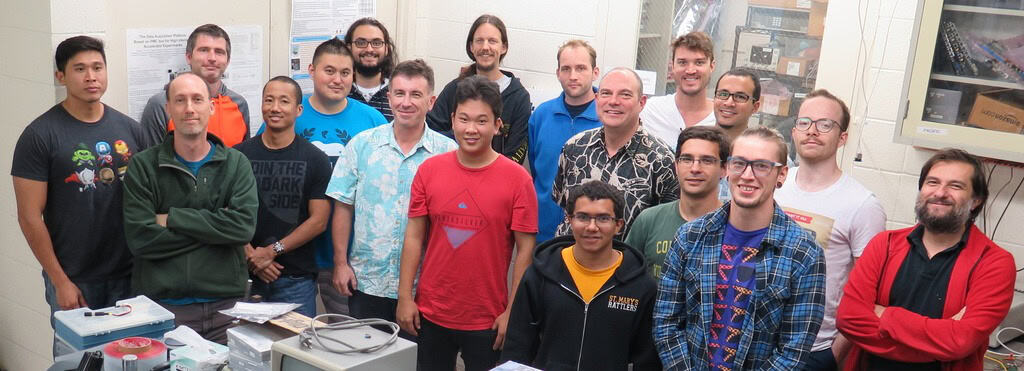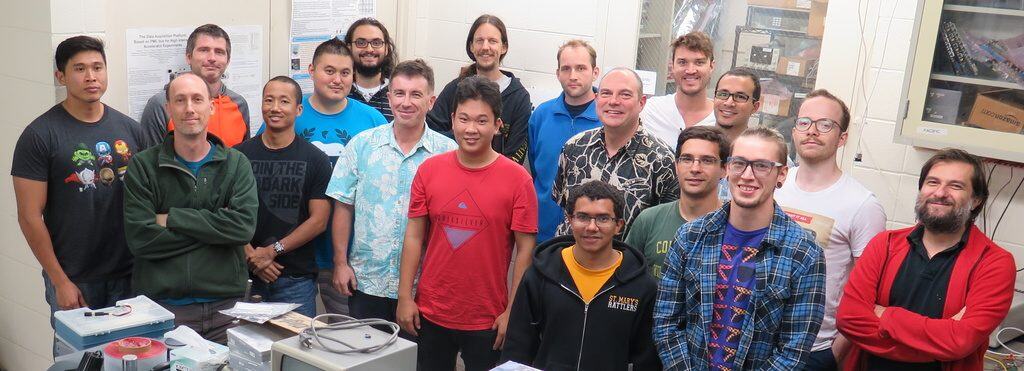
Physics Department Facilities

Watanabe Hall, Room 214
Dedicated to the development and support of high-performance instrumentation for world-class research in High Energy and Particle Astrophysics, the Instrumentation Development Laboratory is also available to the University of Hawai’i research community at large.
Electronics Design support consists of workstations and software for the design of printed circuit boards, FPGA/CPLD firmware and ASICs. Assembly benches and prototyping facilities, with available student technician support, are maintained. Test instrumentation in NIM, 6U/9U VME, CAMAC, FASTBUS and LabView/GPIB are available. Silicon pixel and custom detector development are facilitated by a Cascade motorized probe station, Agilent parametric analyzer and K&S wire-bonder.
Undergraduate and graduate course instruction in advanced electronics design and the use of CAE design tools are available as a research-oriented follow-on to the Electronics for Physicists course.
IDL Director, Dr. Gary S. Varner, is available for consultation on electronics and detector development projects. Walk-in (free) consultation is available M-F 1:30-2pm

Watanabe Hall, Room 322
The Particle Astrophysics program at the University of Hawai’i at Mānoa maintains several facilities for active research in this emerging field that combines elementary particle physics with astronomy and astrophysics. The Radio Research laboratory is a 1200 square foot lab used to develop methods for radio detection of high energy particles, under the direction of Prof. Peter Gorham. This lab houses an 8 square meter cosmic ray hodoscope based on large liquid scintillation detectors, and includes the world’s first operational cosmic-ray radio detector system, with a target containing 25 tons of rock salt. The lab also maintains a shielded electromagnetic anechoic chamber for antenna testing.
An additional 700 square feet of lab space is used for development tasks associated with the two other major particle astrophysics projects at UH: the SuperKamiokande water Cherenkov detector, and the KamLAND liquid scintillation detector, both in the Kamioka mine in Japan. A portion of this lab is devoted to dedicated computing facilities for data analysis of particle astrophysics projects. Another 350 square foot lab is used for fiber-optics and related development work, and a 350 square foot machine shop for small projects is located on the same wing.
The department maintains a modern machine shop with a full-time machinist, Roy Tom, whom have several decades of experience and provide the highest quality of workmanship over a wide variety of skills. The shop occupies approximately 1500 ground-floor square feet and contains complete metalworking facilities, including mills, lathes, and welders.

